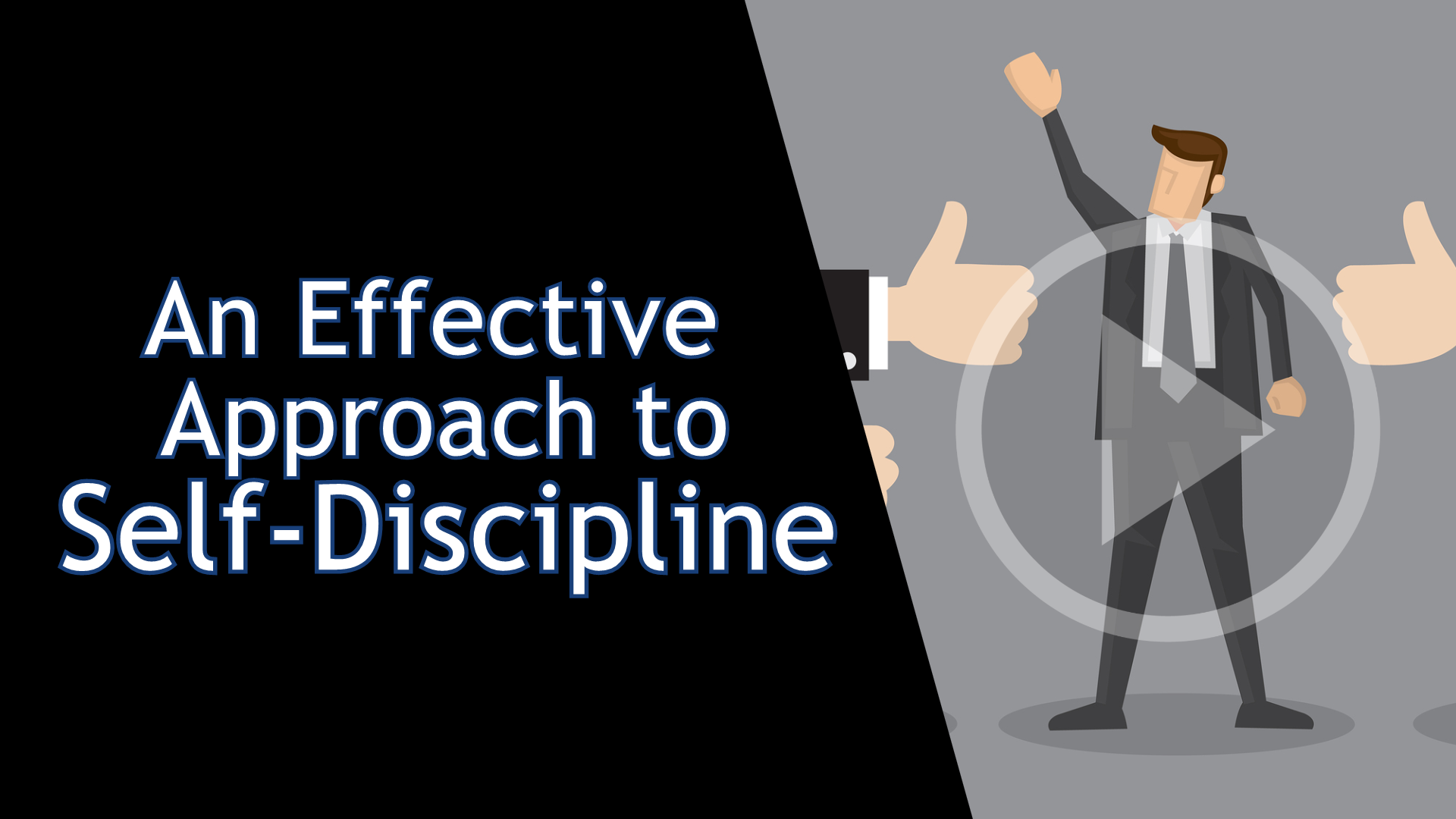Sometimes we might feel that the reason we do not achieve a goal or objective is because we lack self-discipline. We might have had trouble acting to achieve something worthwhile or we know we should be doing.
A good example is staying committed to a fitness workout program. We know that staying active is good for our health and well-being but we might not have done what is required to stick with the program and reap the benefits.
The same is true for at work projects and goals that are outside our routine and may require time, learning and focus to achieve.
 However, the word discipline might bring up negative associations for many people. Just think of what it feels like to discipline a child or an employee. It’s not a very pleasant task for most people and one that many prefer to avoid.
However, the word discipline might bring up negative associations for many people. Just think of what it feels like to discipline a child or an employee. It’s not a very pleasant task for most people and one that many prefer to avoid.
Rather than think of self-discipline, use the term commitment and persistence. Thinking this way can change our perspective for acting on our projects and goals that require energy and time. It’s hard enough to get started and stick with something new. Thinking of having to discipline ourselves to do it might make things even harder.
Motivation
Motivation is a big factor when it comes to commitment and persistence to achieve something worthwhile. So, you might need to ask yourself how important the project or goal is. If you have thought through on the benefits of the project or goal and found them worthwhile enough to make the effort, then commitment and persistence is what you need to develop.
Clear Picture
Sometimes and idea of a project or goal is not enough to keep us committed to the actions required. Creating a clear picture of the outcome and benefits will spur the motivation and drive to persist, even when uncertainty kicks in.
Write a Goal
Writing your project or goal down and planning what you need to do will help create the clear picture of the outcome you want. It will also help you decide on the actions to take. You can use my goal planning form to write down your project or goal and make a detailed plan. Using the section on obstacles and solutions is a great way to determine the actions required.
Small Steps
If you find yourself stalling on the action required, break the action steps down further. Make it as easy as you can for yourself. Making small gains and recognizing and celebrating your progress will build your muscle of persistence.
Commit
On the second page of my goal planning form I ask a few questions. This is after you have gone through the process of writing down the goal, the benefits, obstacles and solutions. The key questions are, “is it worth making the effort to achieve this goal and am I willing to do the actions required to achieve it?” This is where you get very honest with yourself and decide to do it or not. From that point the only thing left is to commit and persist.

